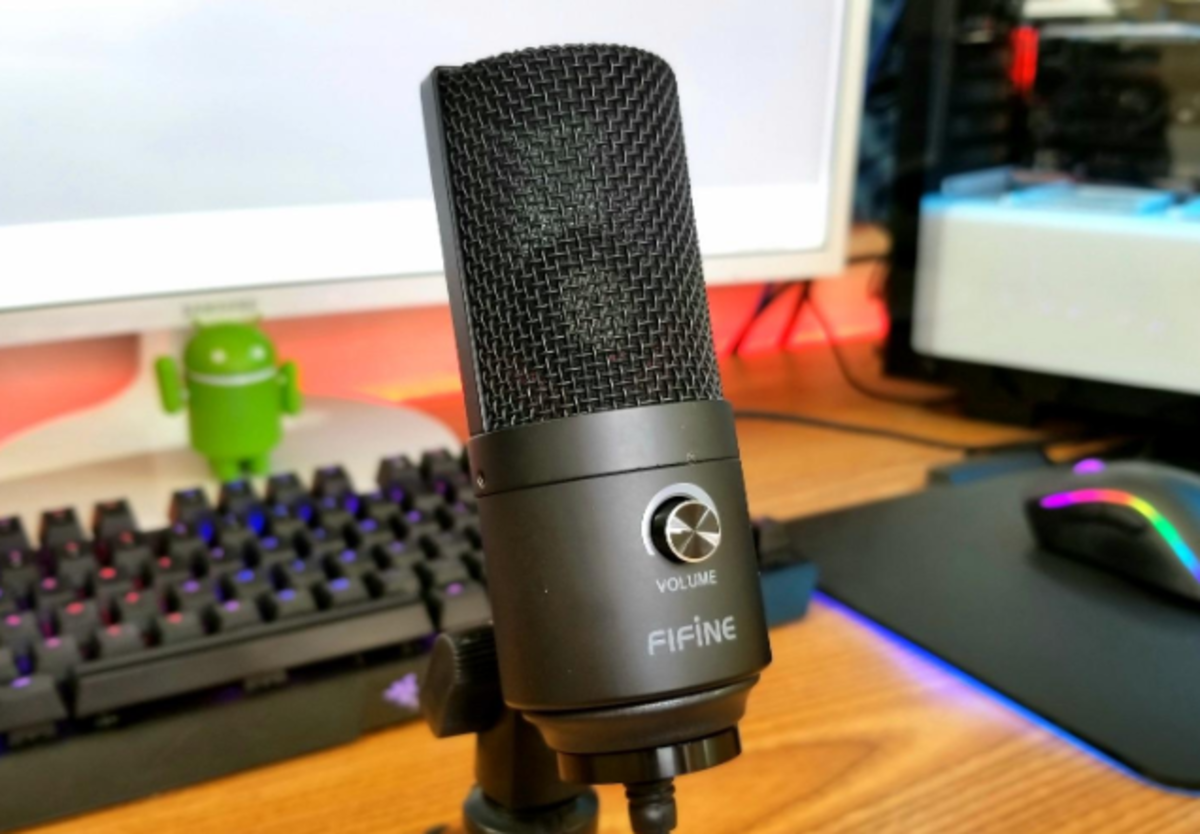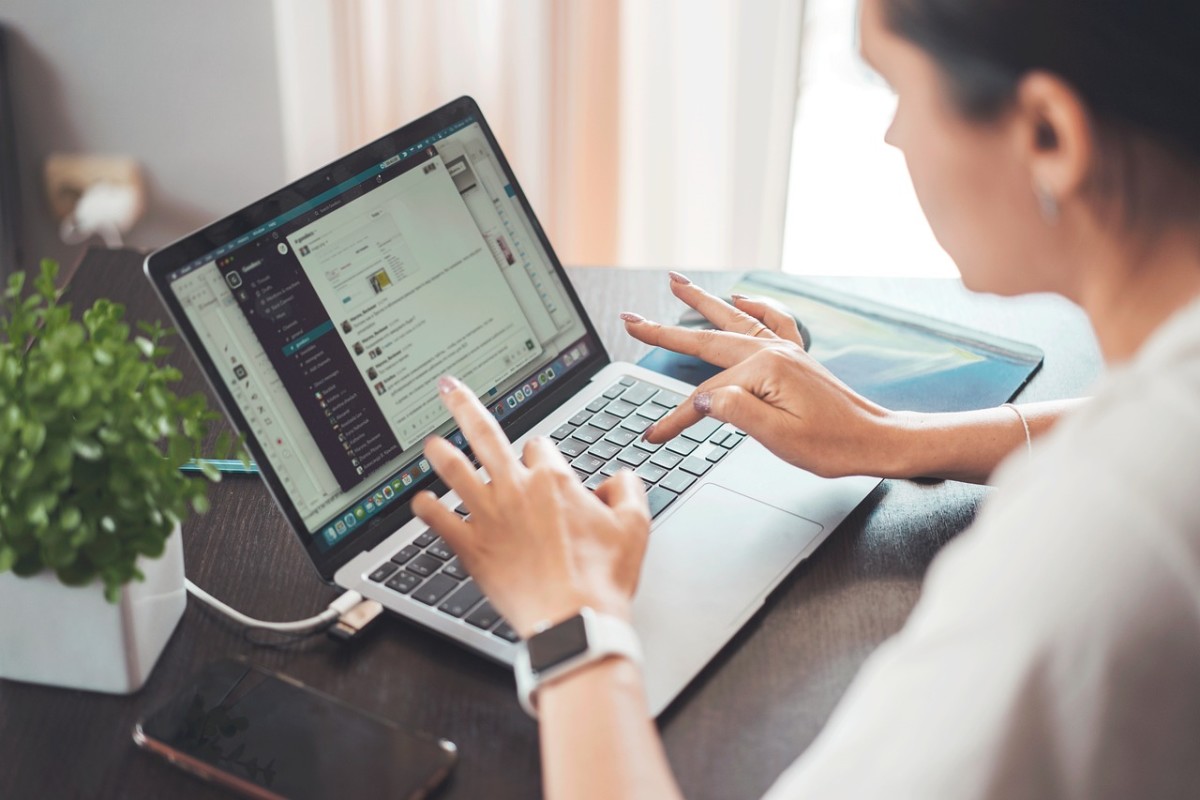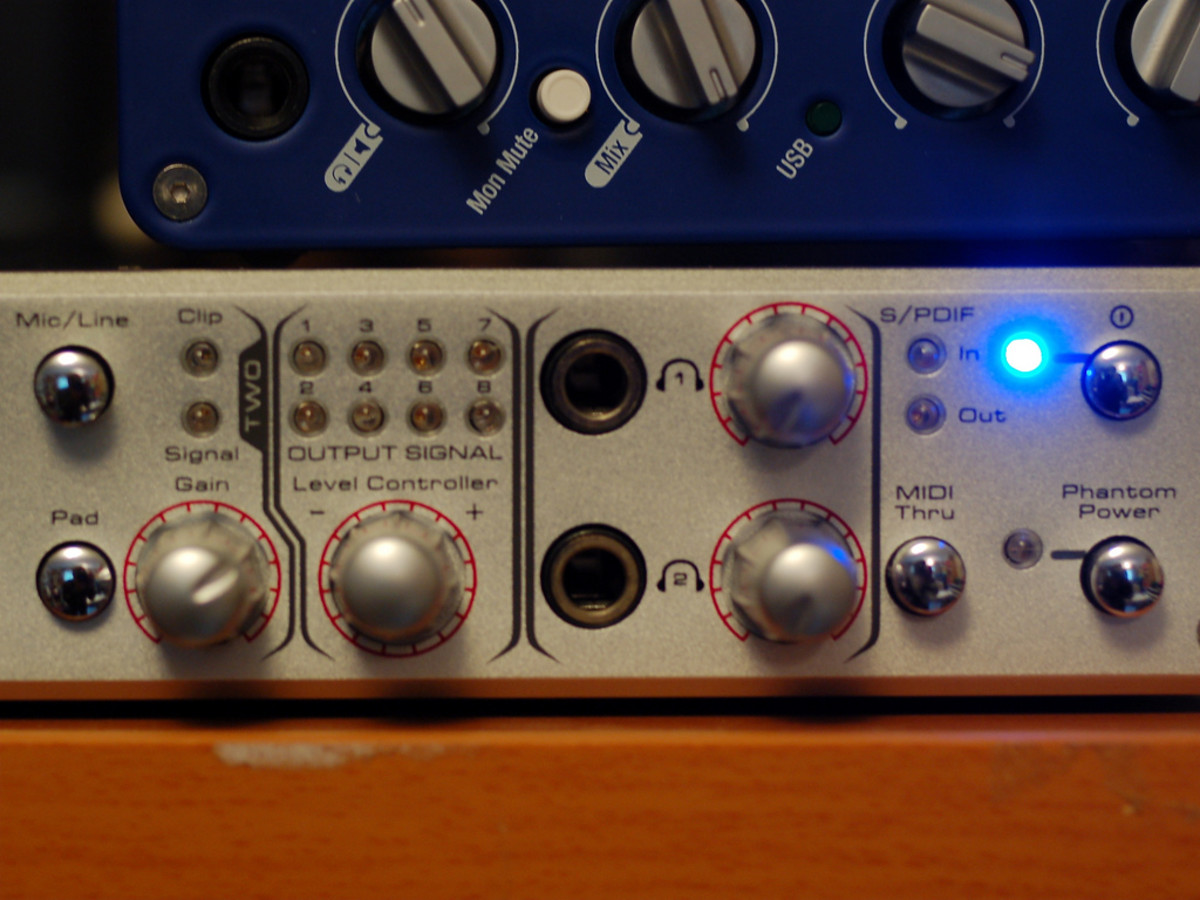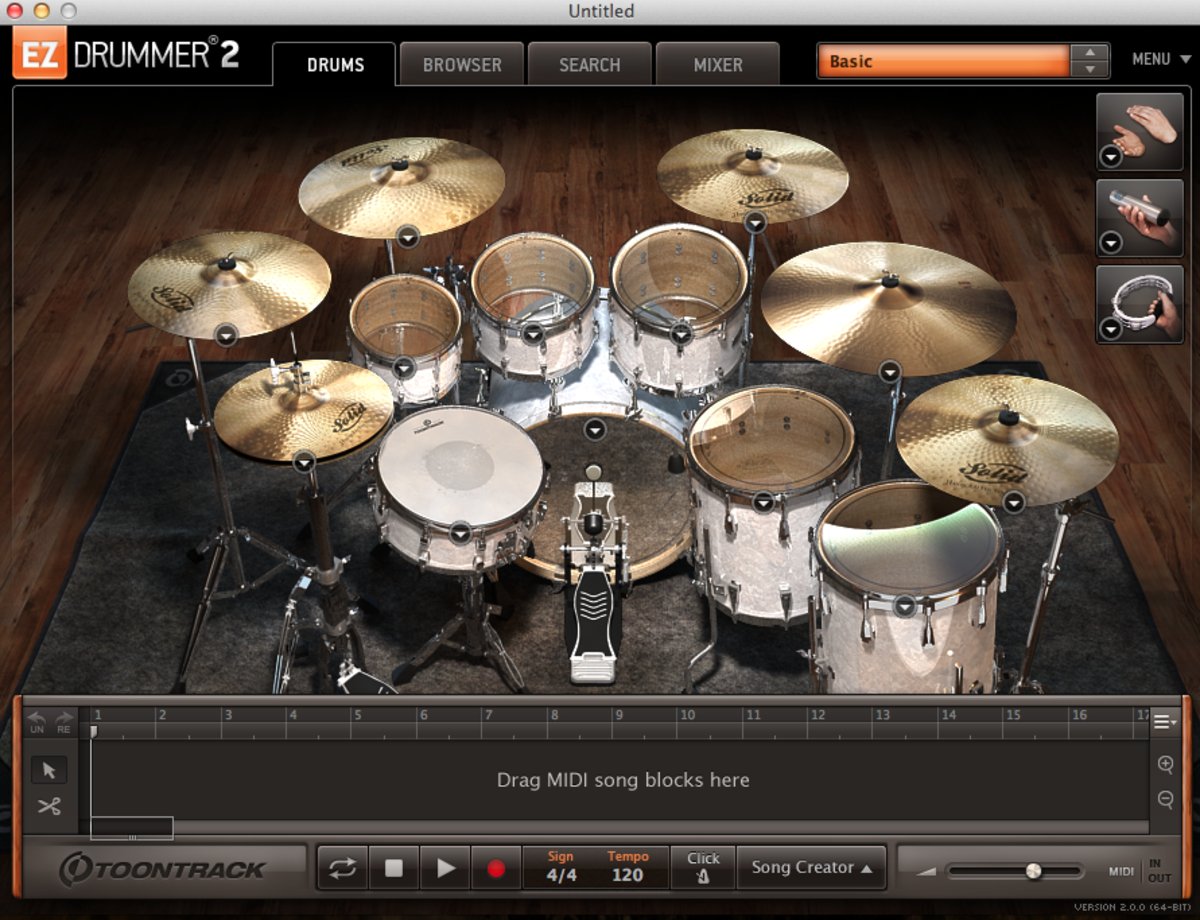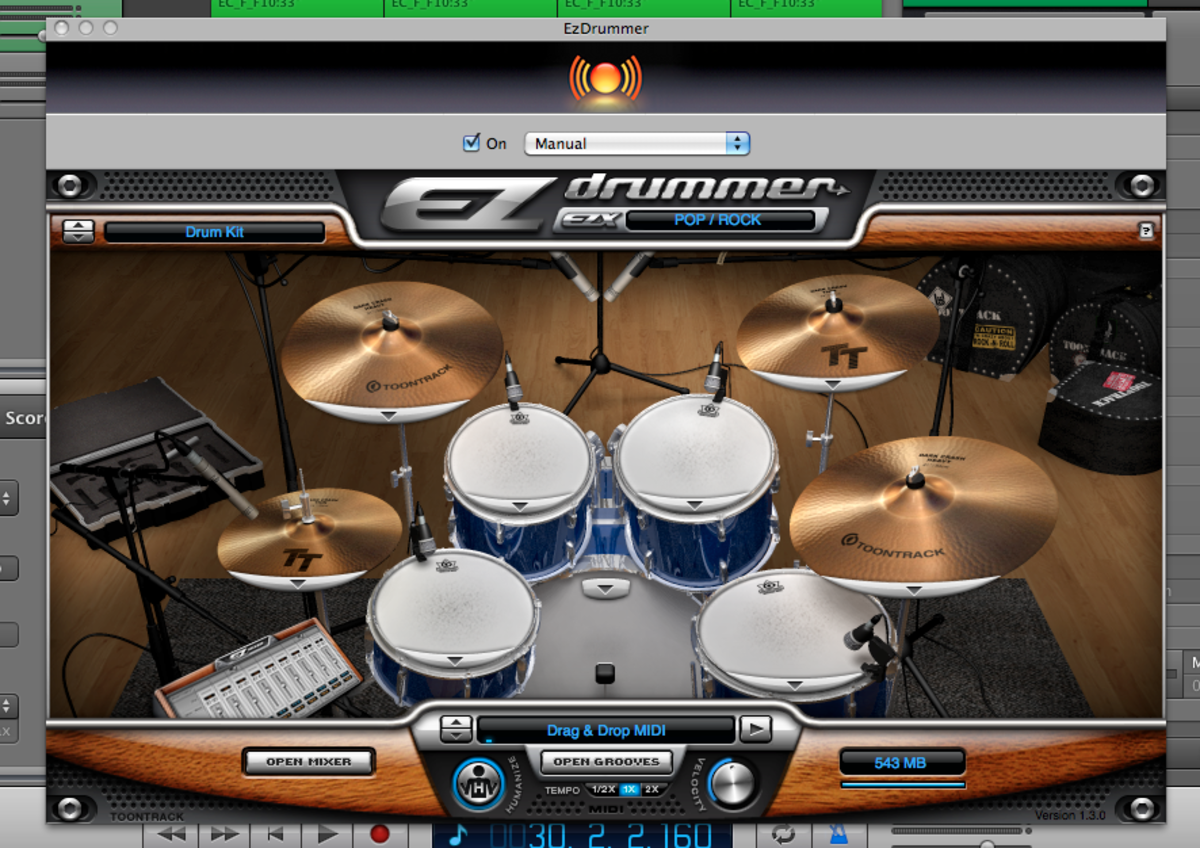USB Microphones
USB Microphones for Music and Podcasting
Why do you need a USB microphone? Did you ever wonder why professionally produced podcasts sound so much better than yours? It may not be the quality of the voiceover artist. How come music on the radio or CD sounds so clean and crisp, with every nuance of the vocal or instrumental performance coming through? Well, in both cases it's the recording equipment. Fortunately for you, some of the equipment they use is already in your house. It's what you're reading this on. Your computer. With a little bit of extra equipment you can make a huge difference in your recording quality. Maybe not "pro sound" but much cleaner and clearer. I'm not talking about a Logitech headset microphone, or some other sort of Logitech mic, I'm talking about a semi-pro studio USB microphone.
XLR Input Microphone Input
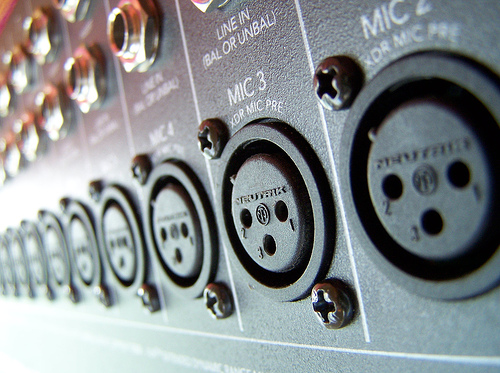
Computers and Pro Audio
No matter how many links in your audio chain the first component is a microphone. It's the first thing to convert those sound waves into electrical signals. Don't make it the weakest link in your audio chain. Professionals spend literally thousands of dollars on microphones. Sometimes thousands on a single mic. An AKG C414 goes from around $700 and up. The classic voiceover mic. the EV RE20 is around $400. Not to mention the fact that you'll need a digital audio converter of some sort to get the audio signal to your computer. Your Sound Blaster card isn't going to cut it. The X-Fi Elite Pro, billed as a "pro audio" card doesn't even have XLR inputs.
Samson and Blue USB Microphones
Samson USB Microphone
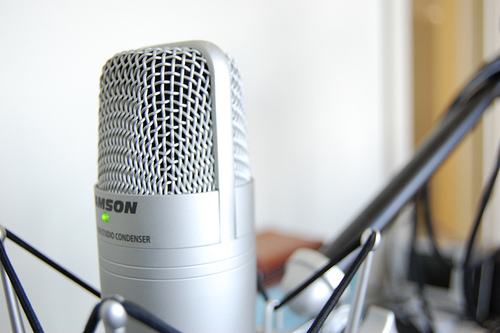
USB Microphones Are an Inexpensive Compromise.
A USB microphone is a good compromise between pro audio and the cheap microphone on your laptop or that computer headset mic you use with Skype. You can get good quality (not pro, but very good) audio from a USB microphone, you won't need any extra hardware or converters, they are plug and play and you've got quite a few options under $100.
The USB microphones that I'm talking about are not the headset mics or USB mics that you use for Skype or VOIP communication. I'm talking about the microphones designed for podcasting or music. They could be called "prosumer" mic's, not quite pro level but not consumer grade VOIP mics. Probably the four most common are the Samson C01U and C03U, which is based on the Samson C01 and C03 respectively, The Blue Snowball, and the MXL Studio One USB
Blue Snowball USB Microphone
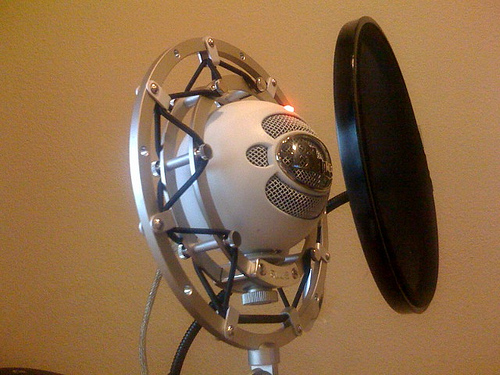
Using a Good Quality USB Microphone.
Both Samson USB microphones have an adjustable polar pattern. The polar pattern refers to what direction the microphone will pick up sound. In most cases you want it to be directly from the front. If you're recording a guitar or another instrument you might want to pick up sound from the sides. This will pick up echos from the room, giving a more natural sound.
If you've never used a microphone of this quality you may notice your recordings coming out worse! Because they are so sensitive they will pick up every little sound, your computer fan, your creaking chair, the air conditioner, cars driving by. That's why it's important to isolate your computer from your microphone. You should also find an isolated room in the house not too close to the street. A room with thick curtains and furniture is good. The furniture helps break up room reflection so you don't get frequencies canceling each other out. The curtains can help isolate the room from outside noises. Basically if a room sounds good to you it should sound good to the microphone. If you're going to be doing podcasting or vocals you'll probably want a pop filter. This stops the pops and breath noises you create when talking or singing.
For a good vocal sound the close you get to the microphone the more "bassy" you will sound. If you get too close though the pops, breath noises and lip smacks will get worse. You might even cause the mic to distort if you're too close. About 6 inches to a foot away is a good distance.
All the microphones mentioned here can be had for less than $100. I've seen the Samson C01U for around $70 on sale at some places. There are USB microphones more expensive than those I mentioned and they can sound even better, but if you've never used a high quality pro microphone you may be frustrated by how much they cost and how sensitive they are. So if you're doing a music demo or voice over work then $100 can get you a USB microphone that can bring your recordings to the next level.



